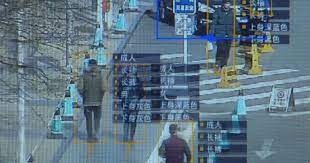Monitoring in China can refer to several different aspects of the country’s surveillance and monitoring systems. Here are a few examples:
- Internet monitoring: The Chinese government has strict control over the internet, including monitoring online activity and censoring content. This is achieved through a combination of technical measures, such as the Great Firewall, as well as human monitoring of social media and other online platforms.
- CCTV surveillance: China has one of the largest networks of surveillance cameras in the world, with estimates ranging from 200 million to 626 million cameras in use. These cameras are used for everything from public safety to tracking individual behavior, and they are often linked to facial recognition and other biometric technologies.
- Social credit system: China is also in the process of developing a social credit system, which is a government-led initiative to rate the trustworthiness of individuals and businesses based on factors like financial history, social behavior, and compliance with laws and regulations. Those with high scores are rewarded with benefits like access to loans or better job prospects, while those with low scores may face penalties like restricted access to public services or travel.
- Human monitoring: In addition to technological surveillance, China also has a large network of human monitors who are responsible for keeping tabs on citizens and reporting any suspicious activity to the government. This includes a system of neighborhood watch committees, which are tasked with monitoring the behavior of residents in their area and reporting any issues to the authorities.
Overall, monitoring in China is a complex and multifaceted system that touches on many different aspects of daily life. While it is designed to promote public safety and social order, it has also been criticized by human rights advocates for its potential to infringe on individual privacy and freedom of expression.




